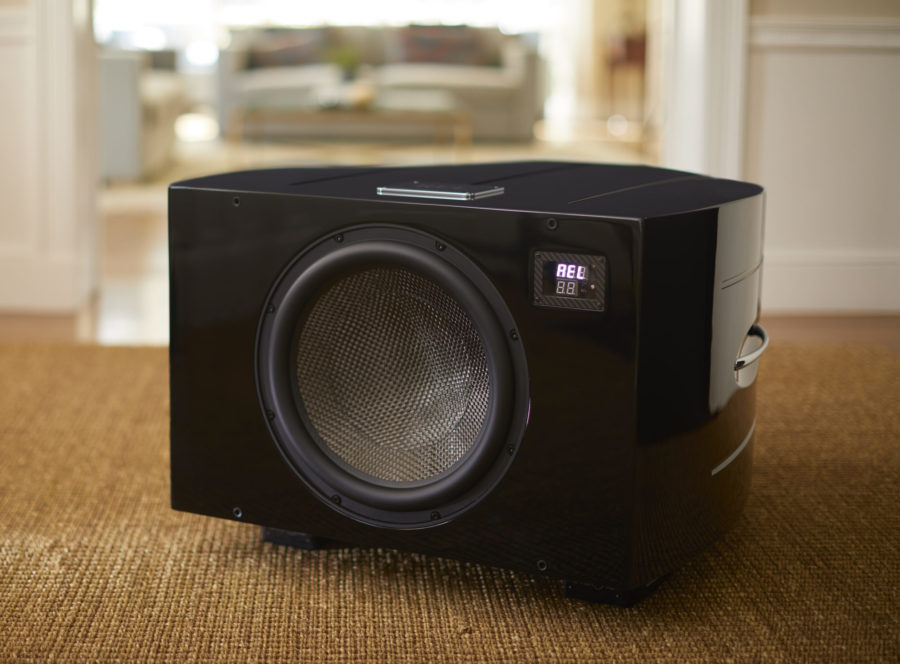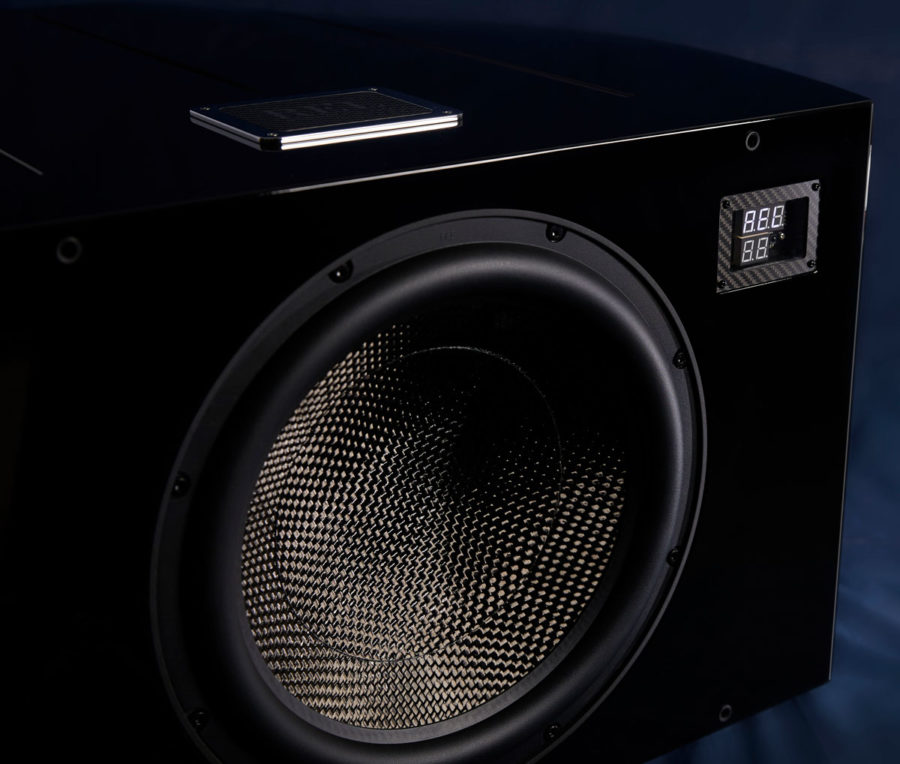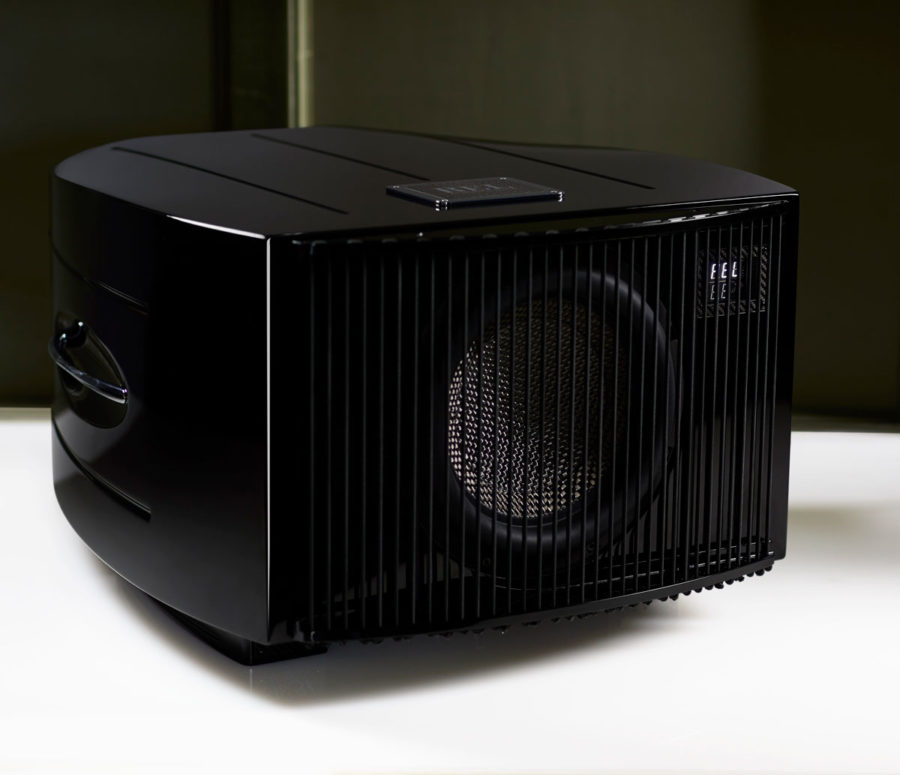Blog
The Making of No.32
Average People Have Great Ideas. Legends have Great Execution. –Unknown

Replacing a legend is never easy, whether it is a person or a product. REL’s No.25 outsold the entire production of the epic Studio series (Series 1-3) produced from 1995–2009. No.25 accomplished this on the first afternoon it was for sale and never looked back. However, No.32 is superior to its forbear, No.25, in every meaningful way. In some ways, it is only slightly superior. In other ways, it far exceeds the capabilities of No.25.
No.32 has been in constant development since the day that the first No.25 was delivered to a customer. Seven years of lessons went into making the No.32 better—this is the REL way. We are never satisfied, always learning. When we get to spend time in the field with our customers, we learn even faster.
We make sure, however, to retain the great aspects of our previous product line. When a product is universally loved for its appearance as much as its performance, we do not change the design merely to be different. When dual parametric filters prove perfect for gently bolstering the extreme low bass while allowing careful tailoring of output slightly above the crossover point, even more perfect blending of sub-to-main speaker, AND elimination of upper bass room-boom, we keep it. Certainly we make it better, but we maintain its proven greatness.
I’m getting ahead of myself; let’s start at the beginning. Twenty-seven years ago, Franco Serblin of Sonus faber fame took me into his private design studio and showed me what would become the famous Guarneri loudspeaker. It transformed Sonus faber from a maker of lovely walnut and black leather-clad speakers into a standard of excellence for the entire speaker industry. Today, it’s almost impossible to find a speaker manufacturer that doesn’t attempt to ape his genius in some way or another. Usually, they fall flat.
The Guraneri curvilinear cabinet was significant not just for its beauty, but also for what it could do for sound quality.. 21 years later, this curvilinear secret of Franco’s genius found its way into our No.25. What we brought to the table was the “how” of making such a giant cabinet perfectly repeatable, which was no easy task.

Today, each No.32 is built the same way, using two large custom forms that precisely define the positive and negative curvatures needed. Then we load thick, 30mm billets of Australian MDF into an radio frequency (RF) bombardment chamber. Next, the billet, having been placed on a perfectly flat surface, undergoes bombardment of energy until the binding agents and glues just begin to soften and release. Then, we quickly and gently slide it onto the bucks—those positively and negatively curved jigs and a huge hydraulic ram presses the positively curved form into the softened billet of MDF until it exactly fits the lower form. These remain, locked as though in a fight to the death overnight, cooling all the way back down to room temperature through its core In the morning, the process begins anew with a fresh billet being placed in the chamber. By the second day, we have both sides necessary to begin building a single No.32. All told, this process requires 21 steps, 48 hours, dozens of skilled workers, and a half-million-dollar chamber to build the two sidewalls of one cabinet. And we haven’t even gotten to the cabinet top, bottom, or inner plywood braces, which resemble giant instrumental bracing that might be found in a guitar body. We need five weeks to build a single cabinet and finish it.
The driver’s little different. No.32 is an evolution of No.25’s incredible 15” (380mm) driver. While the 4” voice coil and 600 degree glues remain, we have updated the materials used in the spider and those used to attach the cone to the voice coil former. We also updated the surround to allow more fluid movement. These are little things that come together to make great thing even better. It is faster, quicker, and deeper where it counts—not below 20 Hz where what goes on is only rarely encountered, but between 20 and 25 Hz, where ultra deep bass can be found in all manner of studio and live recordings. Treasures like the footsteps of a singer tapping on a studio floor that just sound like someone’s keeping time on a normal system opens up the entire studio and its room boundaries to the audience on one of our reference systems. This is the stuff we live for—the discovery, the newness of well-loved recordings being brought to life through new light being shown on old treasures. It’s what a reference system delivers—what a No.32 delivers.
We crafted our dual parametric speakers with care, determining the best way to use them. First, set your speakers up as perfectly as humanly possible. Then, dial the No.32s in carefully to the speakers. Do all of your crossover work and adjust the gain settings. Don’t even think of touching the parametrics until you’ve had the system up and dialed-in for a week; the power supply is so stiff it takes 3 days for the capacitors form as well as for everything to warm up and relax. In another few days, you can stop carefully turning down the subs every day or two—a click here a click there.
The newer parametrics allow for 4 dB of gain or boost (I have never needed more than 2 dB in any room) and can be set no lower than 23 Hz. This is the lowest room mode that can be used to enrich the deepest bass without damage. Additionally, we took away the temptation to try to do too much of a good thing. The newest version in No.32 requires at least a 10 Hz difference between Filter A and Filter B, keeping people from driving over their own toes. I have never used them closer than 15 Hz apart anyway. But, this way you can’t accidentally set them both to the same setting.

We inspected every angle of performance we could imagine, finding much that we already loved and making sensible changes where necessary. We extracted higher performance while reducing the risk of damaging either sound or reliability. No.32 is better sounding, easier to use, and makes it harder to get things wrong.
Also, we looked carefully at our famous input filters. We located high-quality, pure polypropylene capacitors that opened up the spaciousness and richness of tonal color intensity to a remarkable degree. This is the greatest improvement to the performance of No.32, along with slightly greater input sensitivity. It’s difficult to discuss the slight shortcomings of No.25 because they were impossible to hear until we were able to create the No.32 with an even higher standard. But, therein lies the purpose of reference level components. To continue to stretch the state of the art, No.32 delivers greater drama and meaning from music and film sound than anything we have ever heard. For truly state-of-the-art systems, a Line Array of No.32’s will unlock music and film in ways that you cannot anticipate until you’ve experienced it.
Surprising. Delightful. Shocking. Dramatic. Profound attack and deep bass. And air—living breathing air seemingly everywhere. It opens up spaces, filling rooms and concert halls. In the past several months since we locked the final design on the No.32, Justin Magana, REL’s Chief Engineer, and I have had more “No possible way we just heard that” moments than in the previous three years. Then we rewind the recording up and play it again just to make sure we really heard what we thought we did. Then we play it a third time, this time just for the sheer enjoyment of the insanity of it all. No.32 isn’t a subwoofer. It’s a legend.











